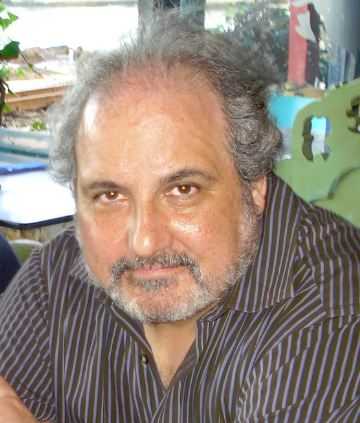Historical Interactive Visualization
Coaxing Data to Tell Stories
Speakers

This talk will take an informal look at interactive visualization projects done at the University of Virginia’s Virginia Center for Digital History (VCDH) and the Sciences, Arts, & Humanities Network of Technology Initiatives (SHANTI) digital humanities centers. The projects were built using an NEH-funded visualization authoring tool, VisualEyes, developed at UVa.VisualEyes enables scholars to present selected primary source materials and research findings while encouraging active inquiry and hands-on learning among general and targeted audiences. It communicates through the use of dynamic displays that organize and present meaningful information in both traditional and multimedia formats, such as audio-video, animation, charts, maps, data, and interactive timelines. I will also show a number of student-generated visualizations, created in the context of undergraduate project-based learning (PBL) seminars, and discuss how visualization and PBL are strong partners to promote historical inquiry. As a consequence, I have developed a new model to help scaffold the design of data-driven interactive projects called ASSERT. Ask a question; Search for evidence to answer that question; Structure the data; Envision ways to answer the question using the structured data; Represent that data in a compelling interactive manner; and finally, Tell a story using that data to answer the question.
Speaker Bios
Bill Ferster directs the VisualEyes Project at the University of Virginia with a joint faculty appointment with the Center for Technology and Teacher Education at the Curry School of Education, and with the Sciences, Humanities & Arts Technology Initiative (SHANTI) at the College of Arts and Sciences. In past lives, he founded StageTools, a leading developer of digital motion control tools with its MovingPicture product; Editing Machines, EMMY award winning developer of the first digital nonlinear editing system; and West End, a pioneer in PC-based animation and presentation graphics tools.
A continuously updated schedule of talks is also available on the Digital Dialogues page.
Unable to attend the events in person? Archived podcasts can be found on the MITH website, and you can follow our Digital Dialogues Twitter account @digdialog as well as the Twitter hashtag #mithdd to keep up with live tweets from our sessions. Viewers can watch the live stream as well.
All talks free and open to the public. Attendees are welcome to bring their own lunches.
Contact: MITH (mith.umd.edu, mith@umd.edu, 301.405.8927).
